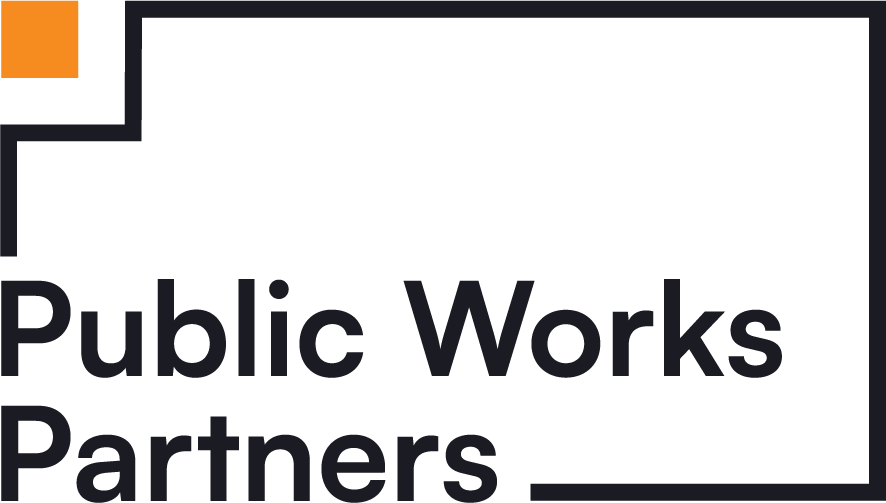Let’s cut to it: recessions aren’t “if” events—they’re “when.” Nonprofits know this better than most. When the economy dips, philanthropy tightens. Government contracts lag. Individual donations shrink. And yet, the need for services explodes. It’s a brutal contradiction: mission-driven organizations asked to do more with less, again and again.
So the real question is: how are we preparing for the next hit?
At Public Works Partners, we’ve had the privilege of working with nonprofit leaders nationwide who are building durable organizations, even amid economic headwinds. Here’s what we’ve learned: recession-proofing isn’t about weathering the storm—it’s about designing for resilience before it hits. That means thinking commercially and acting operationally. It means moving from reactive to proactive, from surviving to adapting.
Here are five strategies I believe nonprofits should act on right now:
- Build an Earned Revenue Stream: No, this doesn’t mean abandoning your mission. It means supporting it with new muscle. Nonprofits that pilot earned income through training programs, consulting services, or product sales create flexible funding that doesn’t disappear in a downturn. It also forces internal clarity on your unique value proposition, which is a good muscle to flex whether you pitch funders or sell services.
- Get Real About Cost Accounting: It’s not enough to know your budget—you need to know what it costs to run your programs. Build a practice of regular, activity-based cost analysis. This will help you identify where you’re losing money, where you’re subsidizing, and where you thrive. Funders respect organizations that understand and own their financial reality.
- Diversify Your Funding Portfolio: Too many organizations are still reliant on one or two significant grants. That’s a risky business. Smart nonprofits are creating grant calendars that balance private foundations, government contracts, and individual giving. Some are exploring innovative financing tools like recoverable grants and program-related investments. The key is balancing stability with experimentation.
- Build Capacity in Your People, Not Just Your Programs: Staff burnout is real—and it gets worse in a recession. Invest in cross-training, leadership development, and succession planning now. The more versatile your team, the more agile your operations. Funders are starting to support this kind of “overhead.” Ask for it.
- Plan for the Long Game: Do you have a recession playbook? Is it not just a crisis plan but a strategy that includes scenario forecasting, decision triggers, and reserve fund targets? If not, now’s the time. Boards should lead this charge, but executive teams must drive it. Resilience is a leadership mindset.
Let me be clear: none of this is easy. But the organizations that take these steps now won’t just weather the next economic shift—they’ll be positioned to grow through it. Resilience is not just about survival. It’s about being bold enough to prepare for what’s next.
Public Works Partners is in the business of helping leaders do just that. Let’s talk.





